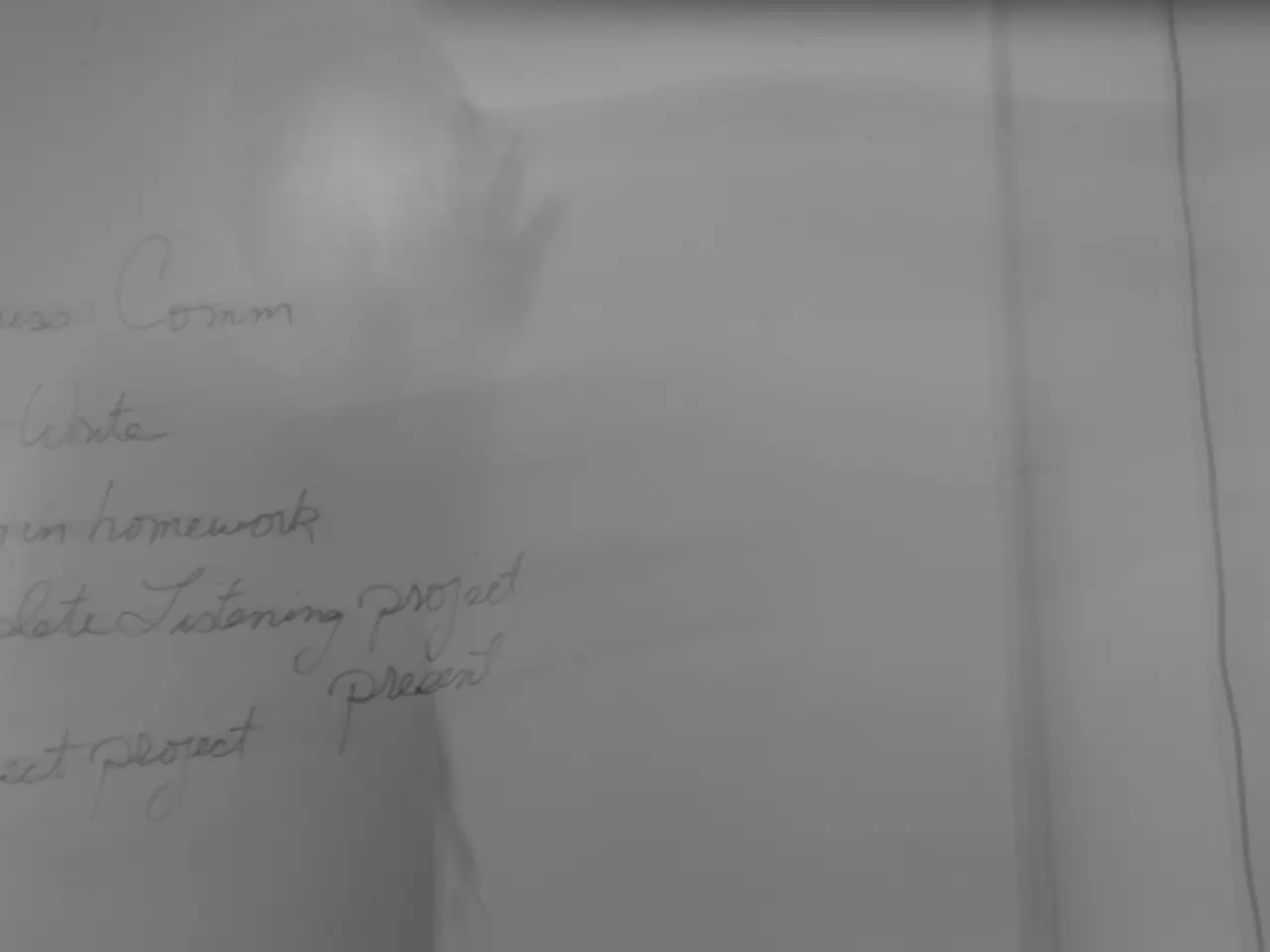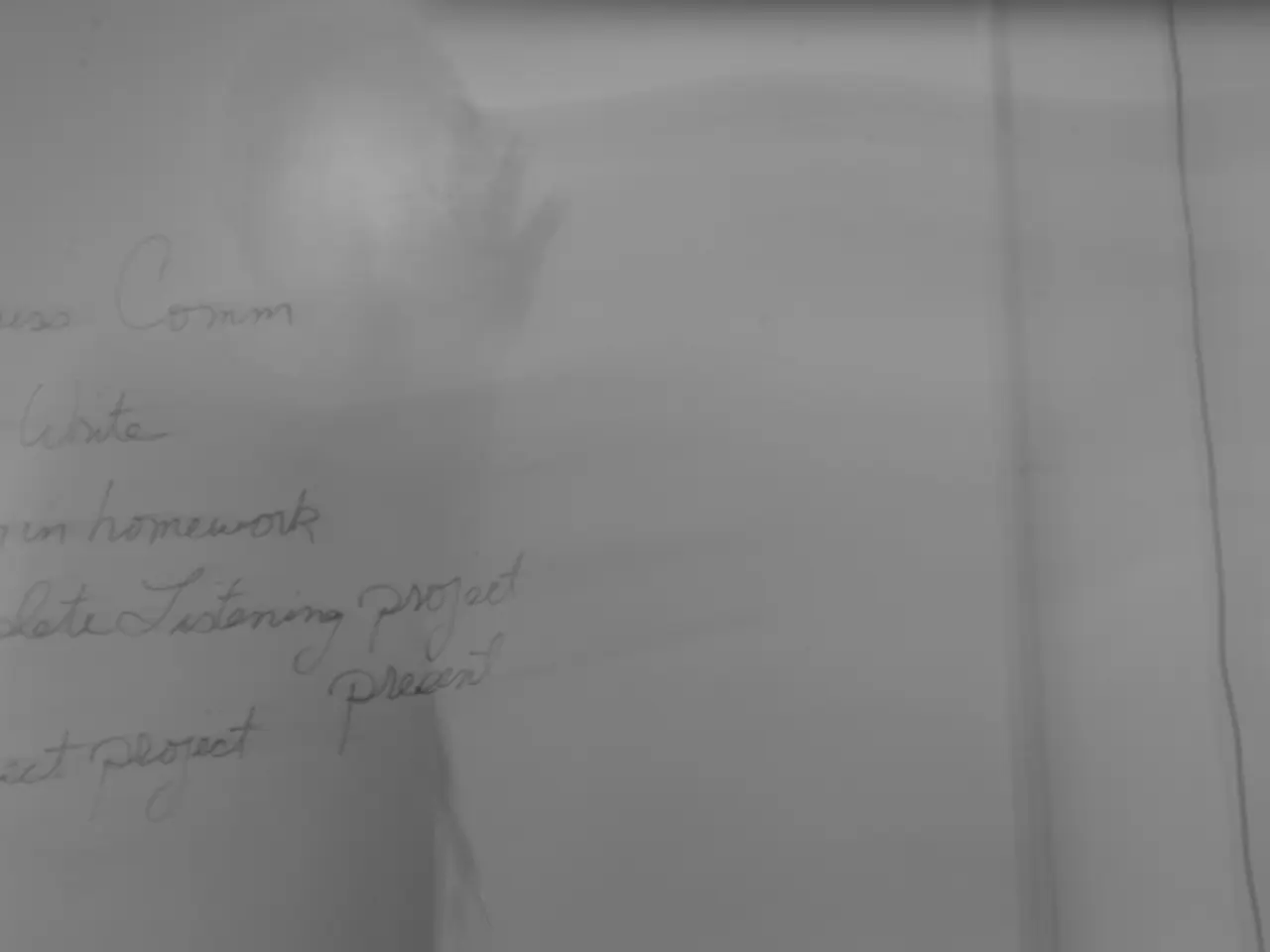BOJ Maintains Cautious Approach: Summary of Discussion
The Impact of US Tariffs on the Bank of Japan's Monetary Policy and the Japanese Economy
The ongoing US tariffs have created significant indirect effects on the Bank of Japan's (BoJ) monetary policy and the Japanese economy.
Global Trade Disruptions and the Japanese Economy
Since early 2025, US tariff policies have caused increased costs for imported goods, leading to a reduction in US real GDP growth by roughly 0.5 to 0.9 percentage points annually[1][2]. These policies have disrupted global trade, affecting export-dependent economies like Japan.
Impact on the Japanese Economy
Japan is heavily export-oriented, with a significant portion going to the US and China. US tariffs on various countries or product categories can reduce US demand for Japanese exports or disrupt supply chains, leading to slower GDP growth in Japan and potential increases in unemployment or GDP contraction risks[1].
BoJ's Monetary Policy Response
The BoJ has faced challenges in maintaining its monetary policy due to the impact of US tariffs. The tariffs often lead to currency market volatility, with the Japanese yen potentially appreciating as investors seek safe havens amid trade tensions, making Japanese exports more expensive and hurting Japan’s trade balance[2].
To counteract these adverse effects, the BoJ may need to maintain or enhance ultra-loose monetary policies, such as continuing negative interest rates and asset purchases, to support domestic growth and inflation targets[2]. However, trade tensions might complicate inflation targeting by increasing cost pressures without corresponding demand growth.
Long-term Considerations
Sustained US tariffs and retaliatory measures could lead to persistent uncertainty in the global trade environment, potentially affecting Japan’s industrial output and employment. The BoJ’s policy stance may have to balance between supporting recovery amid global headwinds and managing risks from external shocks[3].
Recent Developments
At its latest policy-setting meeting, the BOJ maintained its wait-and-see stance regarding U.S. tariffs[4]. Many BOJ policymakers expressed caution about the impact of U.S. tariffs on the economy. The tariff agreement between Japan and the United States, mentioned at the meeting, was described as "great progress"[4]. However, no specific policy changes were indicated by the BoJ regarding the tariff situation.
Some policymakers believe that Japan's economy is entering a phase where the adverse effects of tariffs will be seen. The BOJ should make policy decisions when more data about the effects of tariffs is available, according to some policymakers[4]. The BOJ raised its inflation outlook for the ongoing fiscal year due to rising prices of food such as rice[4]. However, the BOJ did not provide any new details about the tariff agreement between Japan and the United States.
References:
[1] "The Global Impact of U.S. Tariffs: A Review of the Economic Literature" (2020), Petri, M., & Plummer, M.D.
[2] "The Effects of U.S. Tariffs on Japan's Economy" (2020), Bank of Japan Working Paper Series No. 18-E-2.
[3] "The Bank of Japan's Monetary Policy in a Globalized World" (2020), Bank of Japan Review, Vol. 2020, No. 1.
[4] "Press Conference by Governor Haruhiko Kuroda" (July 31, 2021), Bank of Japan.
Photos of affected industries might vividly illustrate the impact of US tariffs on Japan's economy, such as a decline in manufacturing or empty containers at ports.
With US tariffs disrupting global trade and causing potential increases in unemployment in Japan, the BoJ's monetary policy decisions could involve adjustments to finance the improvement of affected sectors, as well as controlling inflation.




